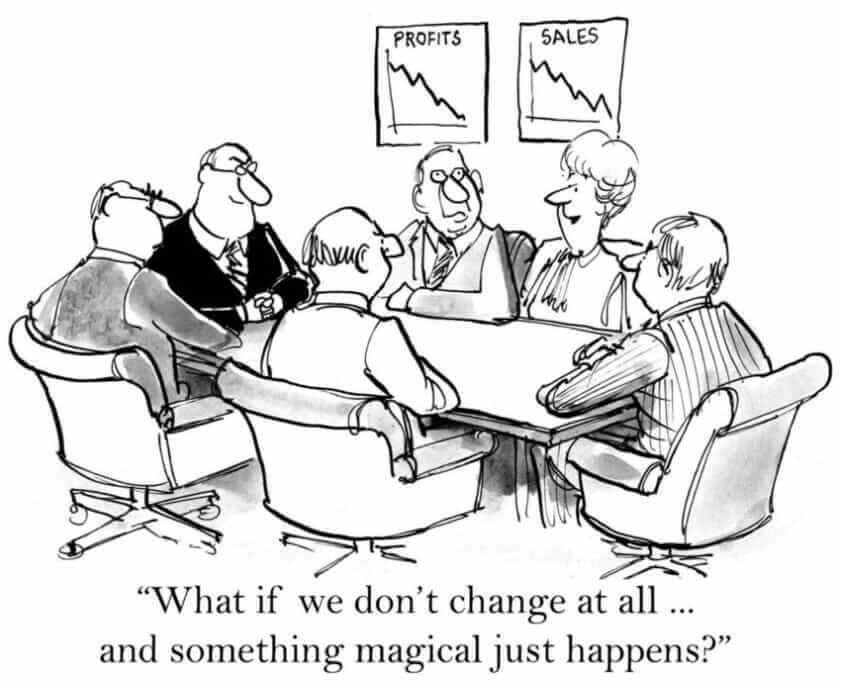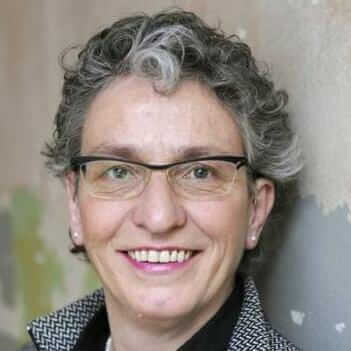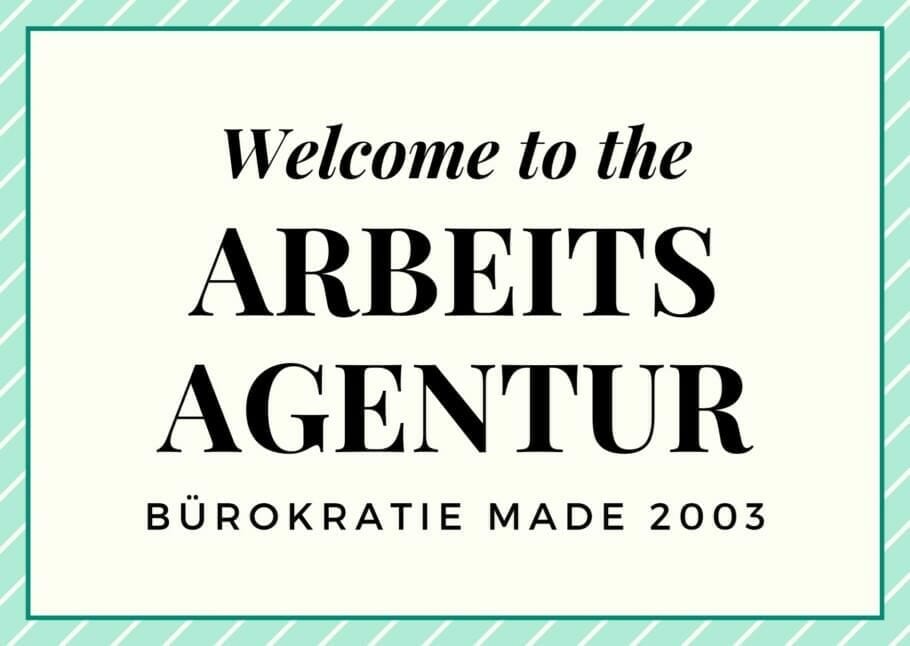The actions of the facilitator result from his inner attitude, shaped by his Personality, his experiences and the resulting intuition. So every facilitator acts differently, like everyone else Projects, any process, any change is different.

What do Facilitators do?
What unites facilitators in their work are certain theses and basic assumptions that help to reflect on the current situation and the nature of a change before and during a process.
They are part of the internal attitude of the facilitator and at the same time serve as an anchor and control aid. In the following, the essential basic assumptions and theses which constitute the attitude of the facilitator are outlined.
7 Fundamentals in Facilitating
- The necessary knowledge for success is present in every system. Yes, but it is not always obvious. Facilitating means bringing the system in touch with its resources.
- “No new order without disorder” and “no change without disorder”. Facilitating means preparing people for these phases, shaping these phases and enabling the journey through chaos.
- Change processes have unpredictable and unpredictable. Facilitating means being open to taking the impulses and using them for the process.
- Trust is constantly being redesigned. Authenticity is the key to the trust of the stakeholders. A facilitator supports this by actively shaping the process, involving everyone and giving the topics a voice.
- Change needs agility and emotional participation. To enable this is the task of facilitating.
- The facilitator is part of the process. By bringing his subjective perceptions and feelings into communication, he supports the process.
- Facilitating needs the willingness and support of the clients.
The facilitator relates to the 7 basic assumptions and thereby provides the necessary Trust for the process. In addition to these basic assumptions, we work with the following theses in facilitating:
Why Facilitating
Facilitating promotes people's awareness of themselves, their environment and the process in which they find themselves.
However, an awareness of the importance of the change process can only arise if everyone involved is clear and clear in Eyes states that a procedure must be developed step by step together.
7 theses for successful facilitation
In order to make this process possible, we work with the following basic assumptions or theses.
- The Facilitator shapes the understanding of the vessel (framework) of a process We first assume that there are always as many realities and truths in a process as humans are involved in. There needs to be a space and framework for the abundance of differences in which the participants have the opportunity to express their thoughts on the particular situation. All of them must be invited, especially the silent and introverted people. A feeling for the development in the process can only arise when everyone is aware of the common knowledge, that a procedure can be developed and that a coherent approach to the topics and things can be focussed out of the fullness.
- The goal is to arrive at a common reality formation. For this, the issues must come out of their minds, they must not be stuck in thought, they must be pronounced.
- Facilitating promotes people's awareness of themselves, their environment and the process in which they find themselves. Changes are movements that move from one state to another. Every person involved in a change needs a special orientation. He needs to know where he stands, where others stand and where he can or should go. If this is the case, the personal willingness to recognize one's own attitude to change and to question one's own actions and thinking grows. This promotes the development of personal action repertoire in the process.
- Change processes need stakeholders who act responsibly. But to act responsibly, people usually need an awareness of this. In order for this awareness to arise, sufficient space and time must be created.
- As facilitators, we know that in every process there are taboos, unconscious and unintended. We integrate this knowledge into our perception and are sensitive to what is apparently not seen or pronounced: where something seems very clearly formulated, but it is completely different accompanied by other body language? Where is action taken, but ignored, how these actions affect others?
- Our job is to get these perceptions back into the systemspiegeln. In this way, the information behind it can be viewed, reflected and, if necessary, integrated. So new things can arise and find their space. As facilitators, we do not assess at this point what quality what we find really has. Only the people in the system can recognize this and process it for themselves.
- Putting unspoken into the communication is the prerequisite that we can meet things differently. Only then does space arise to look at a new situation.



![Success in a team: communication even with difficult colleagues [6 checklists & 5 tips] Success in a team: communication even with difficult colleagues [6 checklists & 5 tips]](https://e68zy2pxt2x.exactdn.com/wp-content/uploads/2019/schwierige-kollegen-teamarbeit.jpg?strip=all&lossy=1&ssl=1)





Post a Comment